Introduction: Why Bird Flu 2025 Matters
In 2025, Bird Flu 2025 has emerged as a critical topic for public health, capturing global attention due to its spread among birds, mammals, and, in rare cases, humans. Also known as Avian Influenza, specifically the H5N1 strain, this viral infection has triggered widespread concern because of its impact on poultry, wildlife, and potential risks to human health.
With Bird Flu Outbreaks reported across all 50 U.S. states and beyond, understanding Bird Flu Symptoms, Bird Flu Prevention, Bird Flu Transmission, and Bird Flu Safety is essential to staying informed and protected. This article dives deep into Bird Flu 2025, offering key facts, practical advice, and the latest updates to help you navigate this zoonotic disease with confidence. Whether you’re a farmer, a pet owner, or simply someone who wants to stay safe, you’ll find actionable insights to protect yourself and your community.
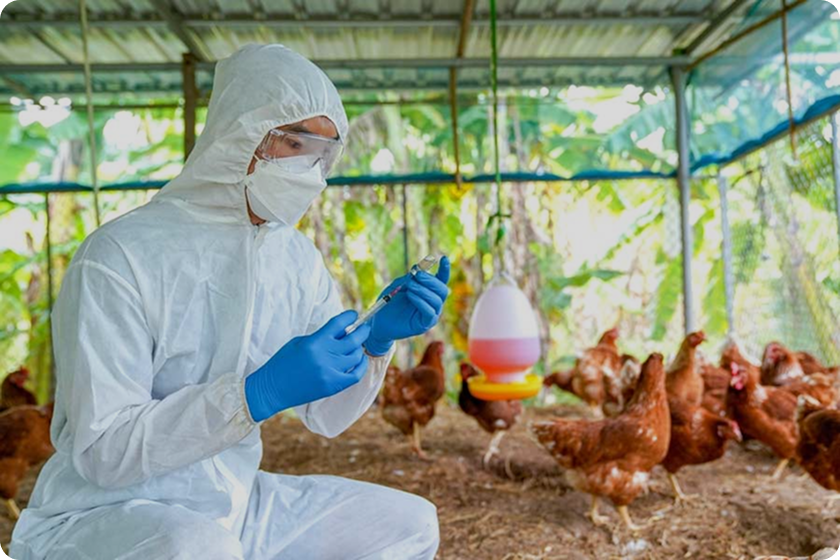
What Is Bird Flu 2025?
Bird Flu denotes the current global outbreak of Avian Influenza caused by the H5N1 virus, which is a subtype of Influenza A that mainly affects birds but can also sporadically infect humans and other mammals. This viral illness has been found in wild birds, particularly waterfowl like ducks and geese, for many years. Nonetheless, the ongoing Bird Flu outbreak that began in 2020 has intensified, impacting poultry farms, dairy cattle, and even household pets such as cats. By July 2025, the United States will have recorded over 1,500 poultry flocks and more than 1,000 dairy herds affected by the H5N1.
The H5N1 strain is classified as highly pathogenic avian influenza (HPAI), meaning it causes severe illness and high mortality rates in poultry. While Bird Flu Transmission to humans remains rare, with only 68 confirmed human cases in the U.S. since March 2024, one fatal case in Louisiana has raised alarms. The Centers for Disease Control and Prevention (CDC) considers the public health risk low but emphasizes vigilance, especially for those working with animals. Understanding how Bird Flu symptoms in humans is crucial for epidemic preparedness.
Why Is Bird Flu 2025 a Concern?
The Bird Flu outbreak stands out due to its unprecedented scale and spillover into mammals, including dairy cows and domestic cats. This zoonotic disease spreads through contact with infected animals, their secretions, or contaminated environments, posing risks to farmers, veterinarians, and others near affected species. The economic impact is also significant, with over 166 million chickens culled in the U.S. since 2022, leading to egg price fluctuations. Additionally, concerns about H5N1 risks include the potential for the virus to mutate, making it more transmissible among humans, though no sustained human-to-human transmission has been reported.
How Bird Flu 2025 Spreads
Understanding how it will spread is essential to preventing it. The H5N1 virus is primarily found in wild birds, especially ducks, which are capable of spreading it without showing signs of the flu. These birds spread the virus by their respiratory secretions, saliva, and droppings, contaminating surfaces, feed, and water supplies. Domestic poultry, like turkeys and chickens, are particularly susceptible to the infection and frequently die from it in a matter of days.
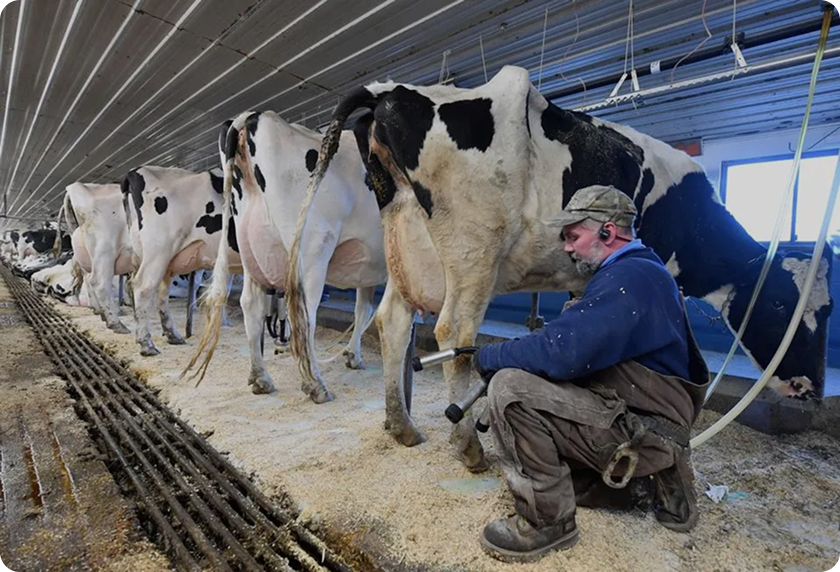
Key Transmission Pathways
Direct Contact:
Handling infected birds or their byproducts (e.g., feathers, eggs) can lead to virus transmission. Farm workers and veterinarians are at higher risk.
Contaminated Surfaces:
The virus can survive on equipment, clothing, or boots, spreading between farms if biosecurity measures are inadequate.
Wild Bird Migration:
Migratory birds carry H5N1 across continents, infecting domestic flocks near water sources like ponds or lagoons.
Mammal Spillover:
Recent cases in dairy cows and cats show the virus jumping species, likely through contact with infected birds or contaminated milk.
Human Transmission:
Is Bird Flu contagious to humans? Rarely, but infection can occur through close contact with infected animals or raw milk. No sustained human-to-human spread has been confirmed.
Table: Bird Flu 2025 Transmission Risks by Source
| Source | Risk Level | Transmission Method | Prevention Tips |
|---|---|---|---|
| Wild Birds | High | Feces, saliva, respiratory secretions | Limit farm access, monitor water sources |
| Poultry | Very High | Direct contact, contaminated equipment | Strict biosecurity, culling infected flocks |
| Dairy Cows | Moderate | Infected milk, close contact | Test milk, wear protective gear |
| Domestic Animals (Cats) | Low | Contact with infected birds or milk | Keep pets away from wild birds |
| Humans | Very Low | Contact with infected animals | Feces, saliva, and respiratory secretions |
This table highlights the primary sources of Bird Flu Transmission and practical Bird Flu Safety measures to reduce risk.
Bird Flu 2025 Symptoms in Humans
While Bird Flu 2025 symptoms in humans are rare, recognizing them is vital for early detection and its treatment options. Most human cases are mild, with symptoms resembling seasonal flu, but severe cases can lead to respiratory distress or, in rare instances, death.
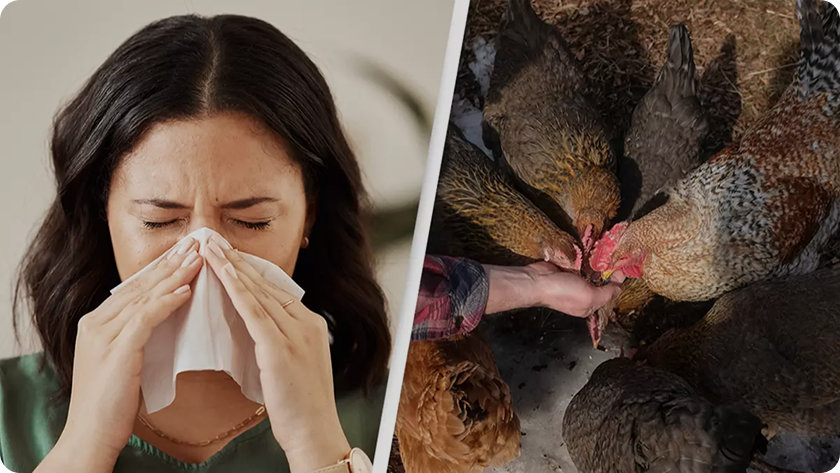
Common Symptoms in Humans
- Fever or chills
- Cough and sore throat
- Eye redness (conjunctivitis)
- Muscle aches and fatigue
- Shortness of breath
In the U.S., a study of two Michigan dairy workers infected with H5N1 found that one developed mild conjunctivitis and neutralizing antibodies. At the same time, the other showed no immune response, highlighting variability in flu symptoms. Severe cases, like the fatal Louisiana case, often involve underlying health conditions.
Symptoms in Animals
- Poultry: Sudden death, reduced egg production, swelling, or respiratory distress.
- Dairy Cows: Fever, reduced milk production, mastitis, or thick milk.
- Cats: Lethargy, respiratory issues, or sudden death after consuming infected milk.
If you suspect bird flu symptoms in humans or animals, contact health or veterinary authorities immediately for testing and guidance.
Expand Your Knowledge:
Bird Flu 2025 Outbreak Updates
The Bird Flu 2025 outbreak updates show a dynamic situation. As of July 2025, H5N1 has been detected in:
- Over 1,500 poultry flocks across all 50 U.S. states and Puerto Rico.
- 983 dairy herds in 17 states, with California reporting the highest cases.
- Wild birds, with 12,270 detections since 2022, including 401 in songbirds.
- Mammals like cats, sheep, and seals indicate broader zoonotic disease spread.
Globally, Bird Flu Outbreaks have led to significant poultry culling, with 27 million birds lost in the U.S. in early 2025 alone. The United Nations has raised alarms about food supply risks, urging stronger biosecurity measures and global coordination. In Cambodia, seven human cases, including five deaths, highlight the virus’s severity in some regions.
Economic and Social Impacts
The poultry outbreak has disrupted egg and poultry supplies, causing price spikes. For example, egg prices rose significantly in 2024 due to the culling of 40 million egg-laying chickens. Dairy farms face losses from reduced milk production, with some herds losing 20–30% of output. Socially, farm workers, especially undocumented ones, face underreporting risks due to limited sick leave, complicating epidemic preparedness.
How to Prevent Bird Flu 2025
Protecting against Bird Flu 2025 requires proactive steps, especially for those near poultry or dairy farms. Here are practical Bird Flu Safety tips:
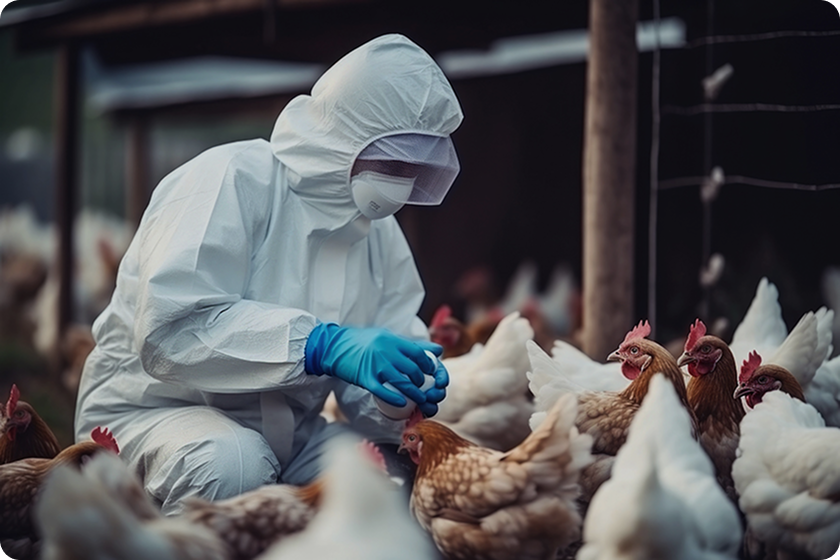
1. Practice Biosecurity Measures:
- Limit farm visitors and disinfect equipment, boots, and clothing.
- Keep poultry away from wild birds or water sources they frequent.
- Use protective gear (gloves, masks) when handling animals.
2. Avoid Raw Milk:
Raw milk can carry live H5N1 viruses. Always choose pasteurized dairy products, as pasteurization inactivates the virus.
3. Monitor Animals:
Check poultry or pets for flu symptoms like lethargy or respiratory issues. Report suspected cases to veterinarians.
4. Personal Hygiene:
Wash your hands thoroughly after handling animals or visiting farms.
5. Stay Informed:
Follow Bird Flu 2025 outbreak updates from trusted sources like the CDC or USDA for the latest guidance.
For Backyard Bird Feeders
If you maintain bird feeders, the risk of H5N1 transmission to songbirds is low, but precautions are still advised:
- Clean feeders weekly with a dilute bleach solution.
- Avoid feeding near poultry farms to prevent cross-contamination.
Bird Flu 2025 Treatment Options
For humans, Bird Flu 2025 treatment options focus on antiviral medications. The CDC reports that H5N1 viruses are susceptible to drugs like oseltamivir, zanamivir, and baloxavir, which can reduce symptom severity if taken early.
Veterinary Treatments
For poultry, culling remains the primary control method due to the virus’s high mortality rate. Vaccines for poultry exist but are not widely used in the U.S. due to trade concerns, as vaccinated birds may still carry the virus without symptoms. The USDA is updating its vaccine stockpile, with Zoetis developing a new H5N1 vaccine for chickens, though it’s not yet widely available.
Current Research
Research into the Bird Flu 2025 vaccine availability is ongoing. The U.S. has stockpiled 10 million doses of H5N1 vaccines for humans, but deployment is limited to high-risk groups like dairy workers. Studies on ferrets suggest prior seasonal flu exposure may offer some cross-protection against H5N1, but more data are needed.
Bird Flu 2025: Safety Precautions for High-Risk Groups
Farmers, veterinarians, and dairy workers face the highest H5N1 Bird Flu 2025 risks due to frequent animal exposure. Here are tailored Bird Flu Safety precautions:
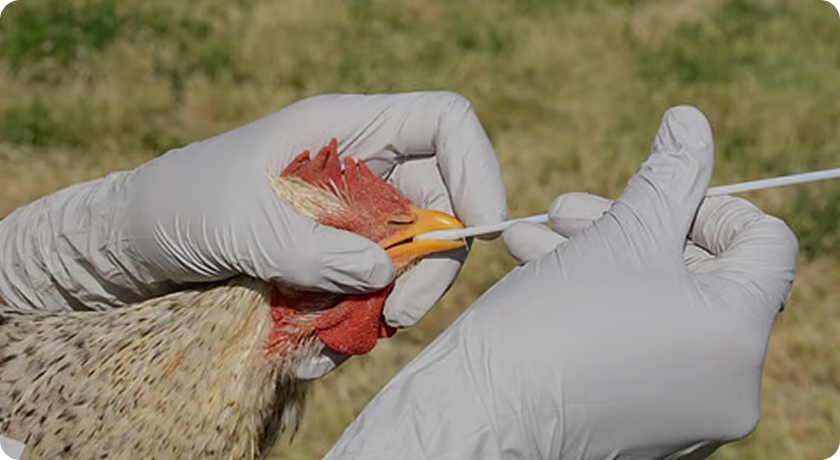
- Utilize Personal Protective Equipment (PPE): Don gloves, masks, and eye safety gear when dealing with animals or their byproducts.
- Test Regularly: Dairy farms should test milk samples for H5N1 before processing, using rapid tests similar to COVID-19 kits.
- Limit Animal Movement: Restrict cattle or poultry movement to prevent virus transmission between farms.
- Report Cases: Prompt reporting of suspected flu symptoms in animals or humans ensures rapid response and containment.
Bird Flu 2025 Vaccine Availability
Bird Flu 2025 vaccine availability remains limited. While human vaccines exist, they are reserved for emergency use, with no widespread distribution planned. Poultry vaccines face trade barriers, as some countries ban imports from vaccinated flocks due to concerns about asymptomatic carriers. The USDA’s $1 billion investment in 2025 supports vaccine research, but experts warn that vaccines alone won’t stop the poultry outbreak without stronger biosecurity measures.
FAQs About Bird Flu 2025
What are the symptoms of Bird Flu 2025 in humans?
Bird Flu 2025 symptoms in humans include fever, cough, sore throat, conjunctivitis, and muscle aches. Severe cases may involve respiratory distress, but most are mild. Seek medical attention if symptoms appear after animal exposure.
2. Is Bird Flu 2025 Contagious Between Humans?
Currently, is Bird Flu 2025 contagious between humans? No, there’s no evidence of sustained human-to-human virus transmission. Infections occur mainly through contact with infected animals or raw milk.
3. How Can I Prevent Bird Flu 2025?
How to prevent Bird Flu 2025 involves practicing biosecurity measures, avoiding raw milk, washing hands after animal contact, and keeping pets away from wild birds. Regular cleaning of bird feeders also reduces risk.
4. What Are the Latest Bird Flu 2025 Outbreak Updates?
Bird Flu 2025 outbreak updates show over 1,500 poultry flocks and 983 dairy herds affected in the U.S., with 68 human cases and one death. Globally, the virus has spread to mammals, raising food security concerns.
5. Are There Effective Bird Flu 2025 Treatment Options?
Bird Flu 2025 treatment options include antivirals like oseltamivir for humans, which work best if taken early. Poultry treatment relies on culling, with vaccines under development but not widely used.
Conclusion: Staying Safe and Informed About Bird Flu 2025
Bird Flu 2025 is a complex public health challenge, with H5N1 driving poultry outbreaks and occasional human cases. By understanding Bird Flu Symptoms, Bird Flu Transmission, and Bird Flu Prevention strategies, you can take proactive steps to stay safe. From practicing biosecurity measures to avoiding raw milk and monitoring Bird Flu outbreak updates, knowledge is your best defense. Stay vigilant, follow Bird Flu Safety guidelines, and check trusted sources like the CDC or USDA for updates. Together, we can mitigate the H5N1 Bird Flu risks and protect our communities from this zoonotic disease.




